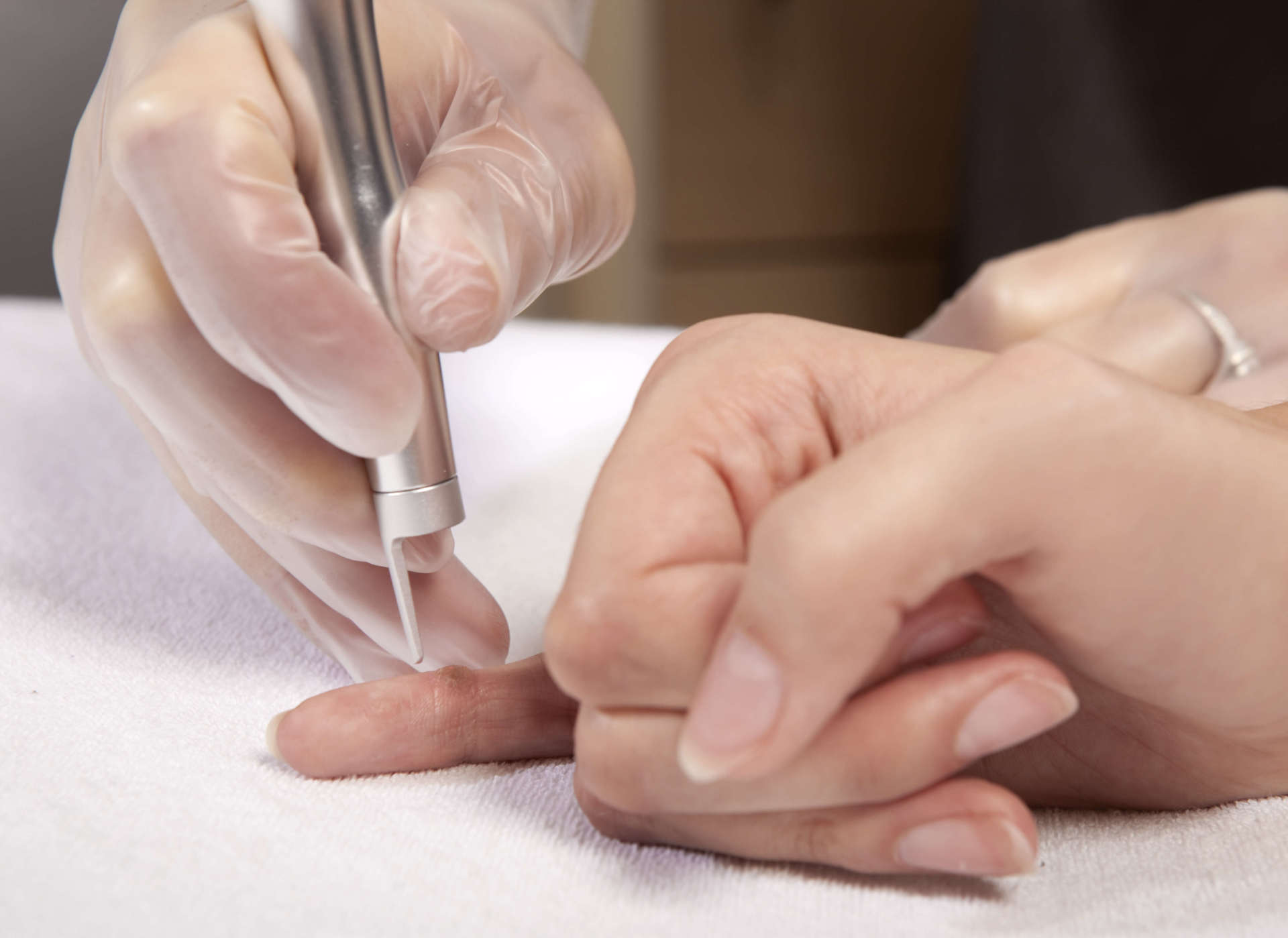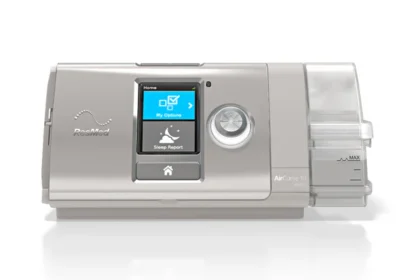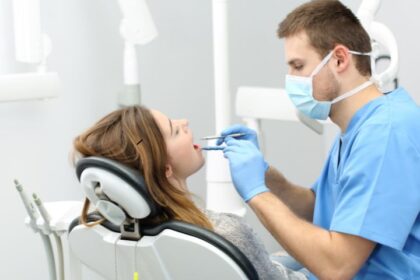If you’re seeking Wart removal treatment in Dubai, you’re not alone. Warts, caused by the human papillomavirus (HPV), are a common skin concern that can appear anywhere on the body. While they are typically harmless, their appearance can be unsightly, uncomfortable, and sometimes even painful. Many people wonder whether removing a wart means it won’t come back, and this is an important question to explore before considering treatment.
Understanding the nature of warts, the various treatment options, and how the body responds after removal is key to managing expectations and preventing recurrence.
What Are Warts and Why Do They Occur?
Warts are small, rough growths on the skin caused by different strains of HPV. The virus infects the top layer of the skin, leading to rapid cell growth that forms a wart. They can develop on the hands, feet, face, or other areas and are more common in children and young adults.
Warts are highly contagious and can spread through direct contact or by touching contaminated surfaces. While they often resolve on their own over time, some warts can persist for months or even years, prompting the need for medical treatment.

Different Types of Warts
Understanding the type of wart you have can help determine the most effective removal method.
Common Warts
These usually appear on the hands and are rough to the touch.
Plantar Warts
Found on the soles of the feet, plantar warts can be painful due to constant pressure while walking.
Flat Warts
Smaller and smoother, flat warts often appear in clusters on the face, arms, or legs.
Filiform Warts
These warts grow around the mouth, eyes, or nose and are often long and thin.
Different types of warts respond differently to treatments, which is why professional Wart removal treatment in Dubai can provide tailored solutions.
Wart Removal Methods
There are several methods for removing warts, ranging from home remedies to professional treatments.
Over-the-Counter Treatments
These usually contain salicylic acid or other compounds to peel away the wart gradually. While effective for some, they require patience and consistency.
Cryotherapy
Cryotherapy involves freezing the wart with liquid nitrogen. It’s a quick procedure, but multiple sessions may be necessary.
Laser Treatment
Laser therapy targets the blood vessels feeding the wart, causing it to eventually fall off.
Immunotherapy
Some treatments use the body’s immune system to fight off the virus, promoting natural healing.
Each method has its pros and cons, and effectiveness varies depending on the wart type, size, and location.
Will Wart Removal Prevent Future Warts?
This is the question on many people’s minds: once a wart is removed, does it mean you’re in the clear forever? Unfortunately, wart removal does not guarantee that future warts won’t develop.
Why Warts Can Recur
Even after removing a wart, the HPV virus may still be present in the surrounding skin or in other areas of the body. The immune system plays a major role in controlling the virus, and if it’s weakened or the virus reactivates, new warts can appear.
Factors That Influence Recurrence
-
Immune system health: A strong immune system can suppress the virus more effectively.
-
Skin damage: Cuts, abrasions, or frequent exposure to moisture can increase susceptibility.
-
Virus strain: Some HPV strains are more persistent and harder to eliminate completely.
While removing a wart addresses the immediate problem, it does not treat the underlying viral infection. This is why ongoing prevention and skin care are crucial.
How to Reduce the Risk of Future Warts
Even though wart removal doesn’t prevent future warts, there are steps you can take to lower the risk of recurrence:
Maintain Good Hygiene
Wash your hands regularly and avoid touching warts, both yours and others’.
Avoid Sharing Personal Items
Items like towels, razors, and shoes can transfer the virus from person to person.
Keep Skin Healthy
Moisturize to prevent cracks and cuts where HPV can enter, and treat minor injuries promptly.
Boost Your Immune System
A healthy diet, regular exercise, adequate sleep, and stress management can help your body fight off viral infections more effectively.
Protective Measures in Public Areas
Wear flip-flops in communal showers or swimming pools to prevent contact with surfaces that may harbor the virus.
Signs That Warts May Return
Being aware of potential recurrence helps you take action early. Signs that warts may be returning include:
-
New bumps or growths around the previous wart site
-
Thickening or roughening of the skin
-
Discomfort or itching in areas previously affected
Early intervention can make removal easier and reduce the chances of spreading the virus to other areas.
Long-Term Outlook After Wart Removal
With the right care and vigilance, many people experience long-term relief after treatment. However, it’s important to understand that HPV is a resilient virus, and the possibility of new warts remains. Regular monitoring of your skin and prompt treatment of any new growths can significantly reduce long-term discomfort.
For those considering professional assistance, seeking Wart removal treatment Dubai ensures access to advanced techniques designed to minimize recurrence while targeting the virus effectively.
Conclusion
Wart removal is an effective solution for eliminating existing warts and improving skin appearance, but it is not a guaranteed method to prevent future wart growth. The underlying HPV infection can persist, and warts may recur if the virus reactivates or the immune system is compromised. By combining professional treatment with preventive measures like good hygiene, skin care, and immune support, you can reduce the risk of future outbreaks.
If you’re looking for a reliable so


